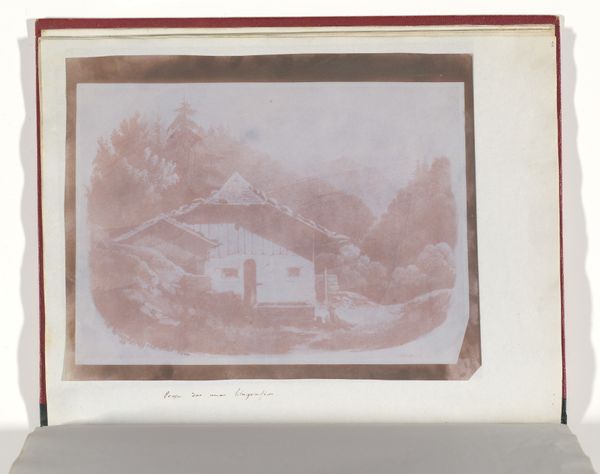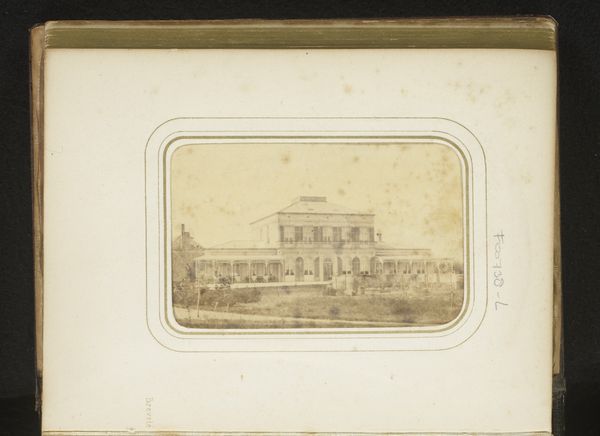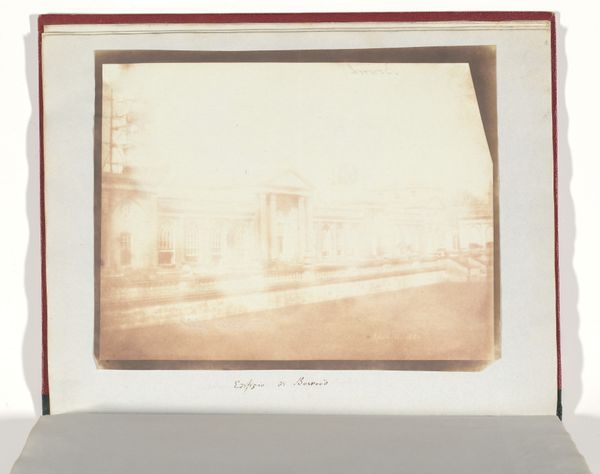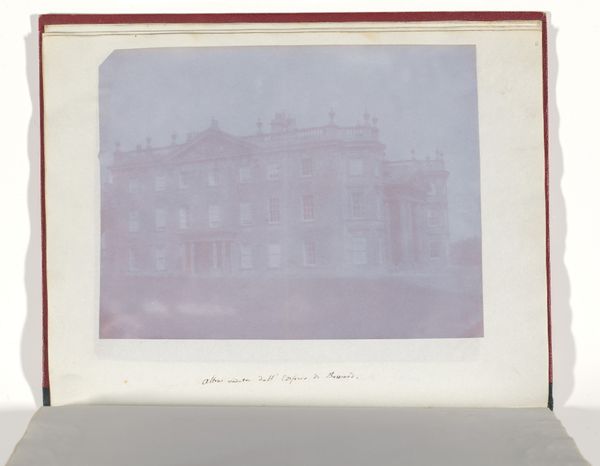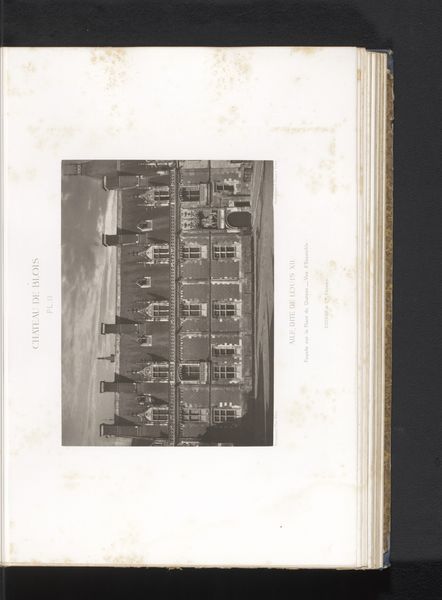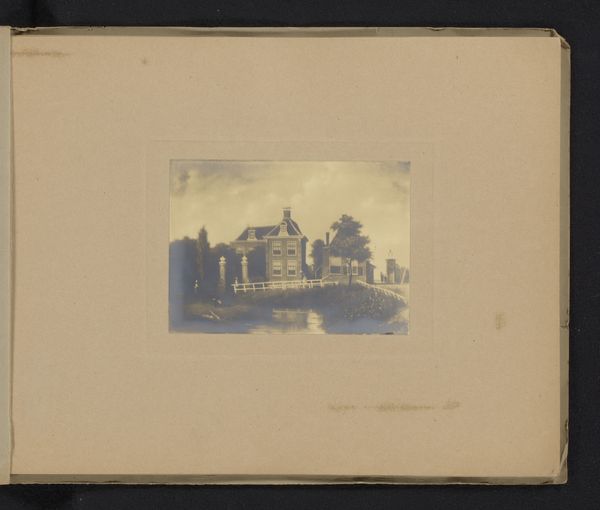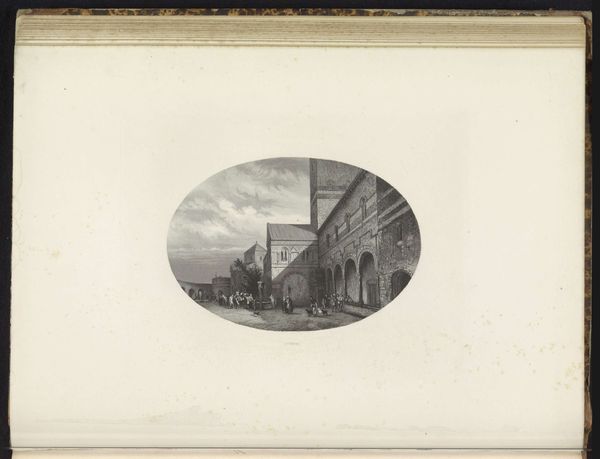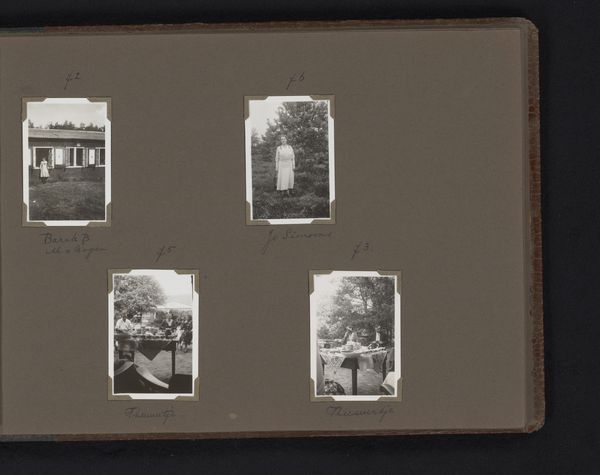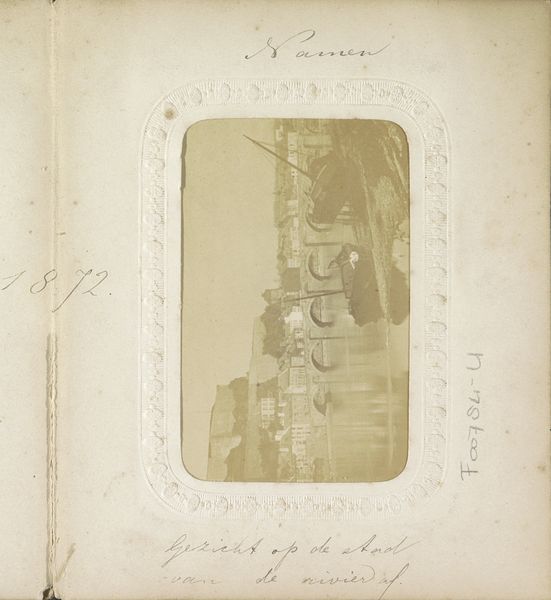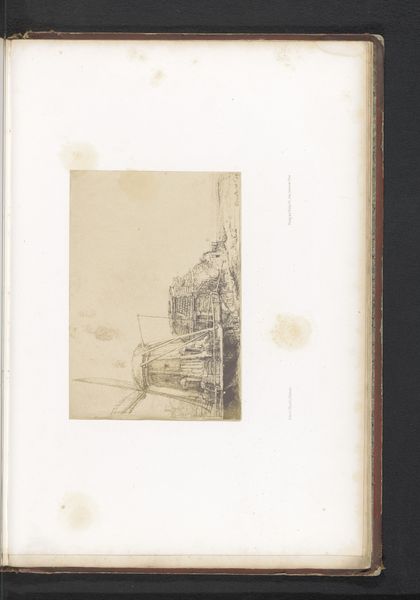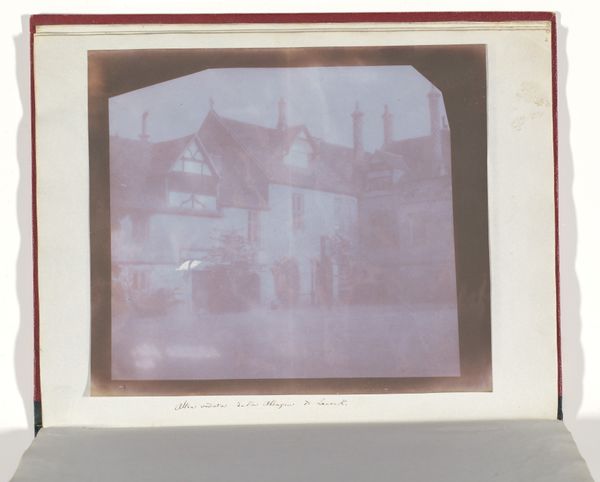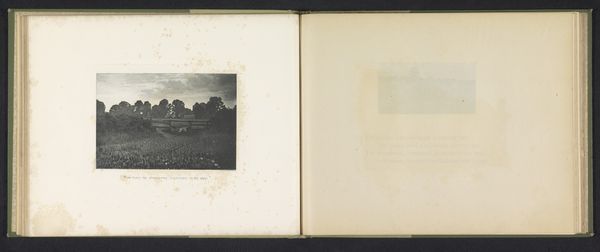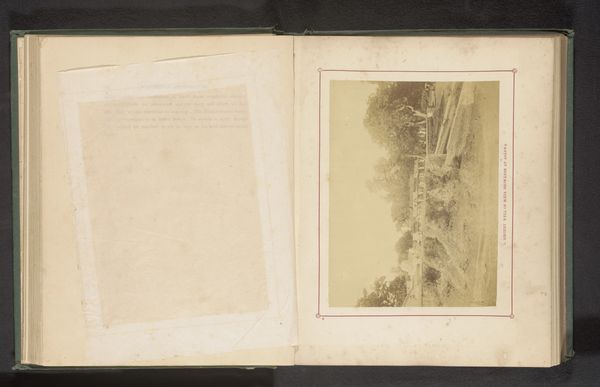
print, photography, albumen-print
# print
#
landscape
#
photography
#
romanticism
#
albumen-print
Dimensions: Image: 16.5 x 21.6 cm (6 1/2 x 8 1/2 in.) Sheet: 18.2 x 22.4 cm (7 3/16 x 8 13/16 in.)
Copyright: Public Domain
Editor: So, here we have William Henry Fox Talbot’s "Lacock Abbey," from around 1839-1840. It’s an albumen print and its incredible, how fragile this technology looks! It has a faded, ethereal quality. How would you approach thinking about this piece? Curator: Let's consider the production process itself. This isn't just about *depicting* Lacock Abbey; it's about understanding how the materials and labor shaped the final image. Think about the coating of the paper, the light sensitivity, and the development process. How do those specific steps, those material constraints, affect what Talbot could actually capture? Editor: It seems like quite an intensive craft. Curator: Exactly! This early photography required precise knowledge of chemistry and light. And beyond Talbot's own skill, consider the availability and quality of materials: the paper, the silver salts. These factors impacted the accessibility of photography and the types of images that were even possible at the time. This early photography process demanded more expertise in some ways. How does this influence our interpretation of the final "art object"? Editor: So, it's not just about Talbot as a lone genius, but more about understanding the broader systems and resources that made this photograph possible? Curator: Precisely. The “aura” of art is tied up with capitalist production. Look beyond the picturesque view of the abbey. Think about how advancements in material sciences intersected with artistic intention. This image becomes a testament to early industrialization. It gives us a better understanding of both the means and the social conditions of this picture. Editor: I'm beginning to see that this photograph captures so much more than just a building. It’s about labor and early technology as well. Curator: Absolutely. Examining the image through this lens really complicates our understanding of both art and history. Hopefully, viewers walk away thinking a little more critically about both.
Comments
No comments
Be the first to comment and join the conversation on the ultimate creative platform.
